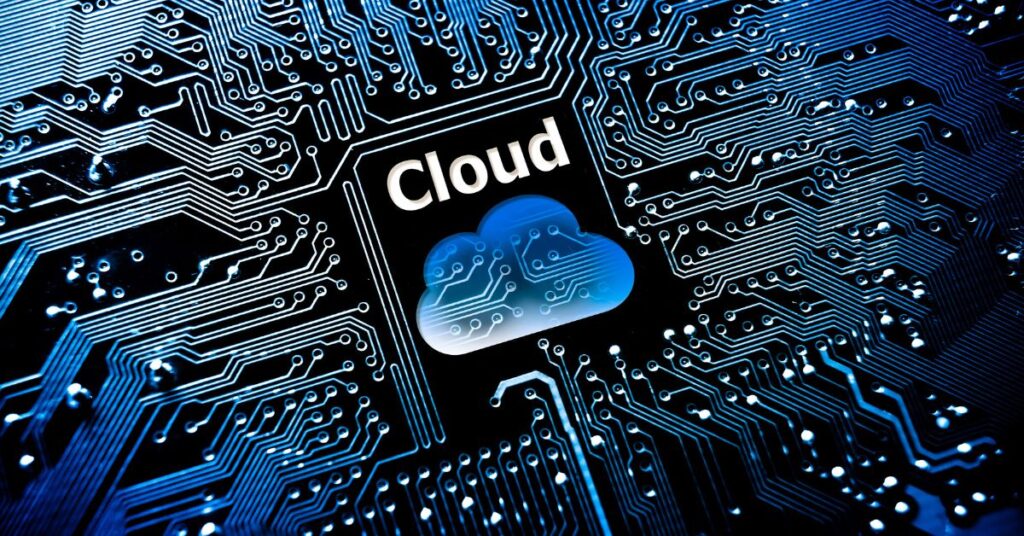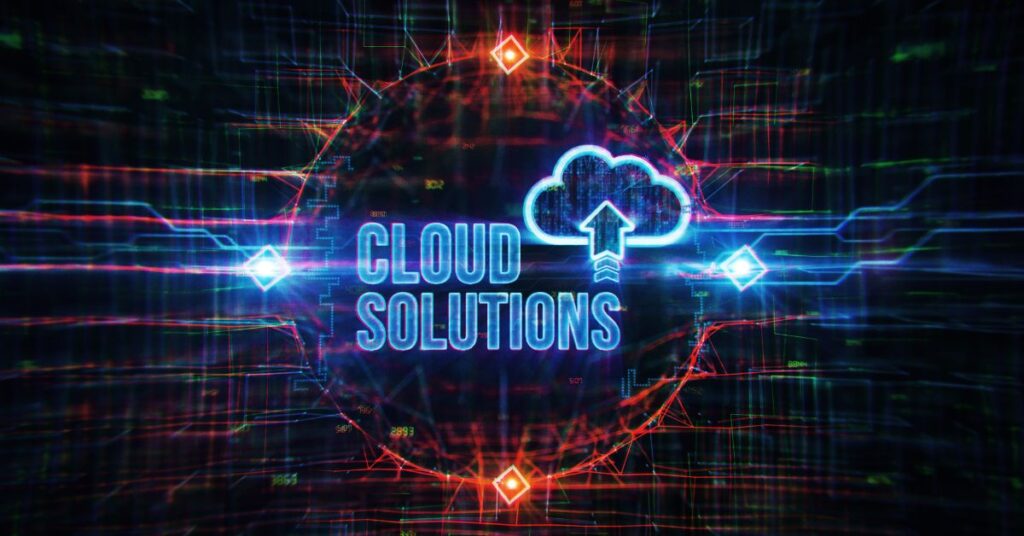Over the past decade, cloud computing has risen to become the dominant paradigm in enterprise IT. According to Gartner, the worldwide public cloud services market is forecast to grow over 17% in 2022 to a total of $494.7 billion. Cloud computing offers advantages like flexibility, scalability, and lower upfront costs.
Despite the meteoric rise of the cloud, traditional on-premises and hybrid cloud computing alternatives remain viable options for many organizations. I will explain options beyond the public cloud and key considerations around choosing cloud alternatives.
Table of Contents
Reasons to Consider Cloud Computing Alternatives
While the cloud offers many benefits, there are scenarios where alternatives like on-premises infrastructure or a hybrid model may be a better choice.

Data Security and Compliance Risks
Public cloud platforms offer robust security but store data on shared infrastructure outside the organization’s control.
Highly regulated industries like healthcare and financial services may prefer alternatives that avoid compliance risks.
Vendor Lock-In Concerns
Services like AWS, Azure, and Google Cloud offer proprietary technologies that can lead to lock-in. Migrating between cloud vendors is challenging. Some organizations prefer alternatives that reduce dependence on a single vendor.
Latency and Connectivity Issues
Public clouds reside on the public internet. For applications requiring low latency like gaming, finance, and IoT, alternatives with superior connectivity may be preferable.
On-Premises Infrastructure Options
On-premises infrastructure locates resources like servers, storage, and networking on-site inside an organization’s data center. Options include:

Private Cloud
The private cloud delivers cloud-like capabilities behind an organization’s firewall using an on-premises data center. Private clouds offer greater control, security, and customization. They require significant expertise to build and manage.
Traditional On-Premises Data Centers
Legacy on-premises data centers locate infrastructure like servers and storage on-site without cloud abstractions. They maximize control and customization but lack cloud benefits like self-service and scalability.
Hybrid Cloud Solutions
A hybrid cloud combines public and private environments, seeking to balance the pros and cons of both. Options include:

Best of Both Worlds
A hybrid approach runs sensitive applications on-premises while leveraging the public cloud for benefits like scalability and offsite backup. This provides both control and cloud agility.
Multi-cloud
Multi-cloud utilizes multiple public clouds, preventing vendor lock-in to AWS, Azure, or Google Cloud. Workloads can run in the best environment for their needs.
Bursting Clouds
Bursting runs baseline workloads on-premises, “bursting” into the public cloud to scale resources up or down on-demand when needed. This provides scalability while minimizing cloud costs.
Key Considerations When Choosing Alternatives
Costs
While the public cloud can offer lower short-term costs, private data centers may be cheaper at higher usage levels. Analyze workloads and utilization to determine the most cost-effective long-term option.
Flexibility
Public clouds excel in agility and scalability. Ensure that on-premises environments provide ample flexibility, capacity for growth, and modern IT capabilities.
Skills and Expertise
Managing private infrastructure requires specialized on-premises skills that are different from public cloud. Assess team expertise before choosing an on-premises or hybrid approach.
The Future of Cloud Computing
Public cloud adoption will continue growing rapidly in the years ahead. However, alternatives retain an important role for organizations valuing control, security, performance, and cost savings. Carefully evaluating business needs allows choosing the right cloud strategy.
Conclusion
While the public cloud enables tremendous agility and innovation, it’s not right for every application and workload. On-premises and hybrid alternatives like private cloud, multi-cloud, and bursting offer benefits around compliance, vendor lock-in, latency, and cost-effectiveness.
Organizations should thoughtfully assess their requirements before adopting cloud-only models. With careful planning, non-cloud and hybrid approaches can unlock significant advantages.
FAQs
What is a private cloud?
Private cloud delivers cloud computing services hosted within an organization’s data center infrastructure. It provides the benefits of the public cloud but with greater control, security, and customization.
What are the downsides of a hybrid cloud?
A hybrid cloud can increase the complexity of managing infrastructure across environments. It also requires expertise in both public cloud and on-premises technologies.
When does a native public cloud make more sense than a hybrid?
If an application is built exclusively for public cloud services, a cloud-native approach often makes more sense than a hybrid. Migrating between environments can require rearchitecting.
What are multi-cloud strategies?
Multicloud utilizes multiple public clouds – like AWS, Azure, and Google Cloud – rather than being locked into a single vendor. This prevents vendor lock-in but increases complexity.
How does cloud bursting work?
With bursting, baseline infrastructure runs on-premises, then dynamically “bursts” into the public cloud to scale up resources when demand spikes occur. This adds scalability while minimizing cloud costs.









